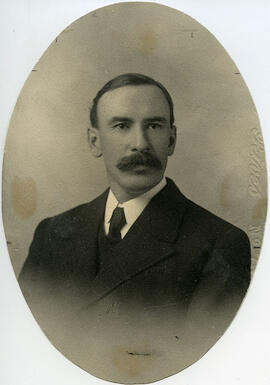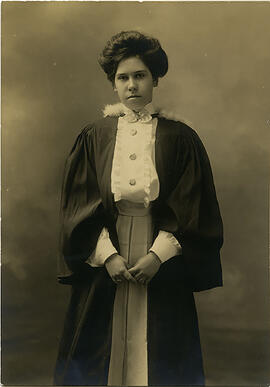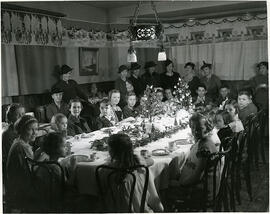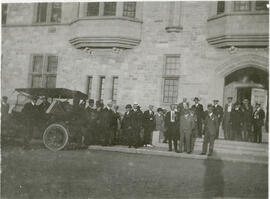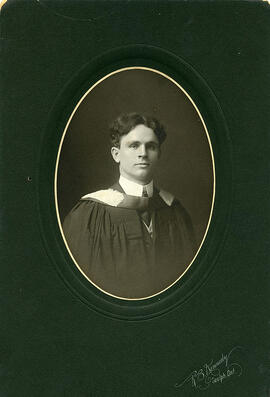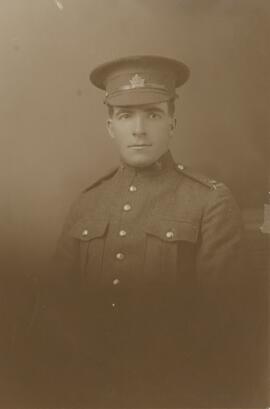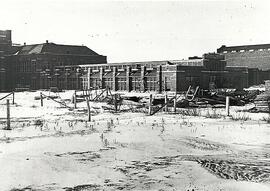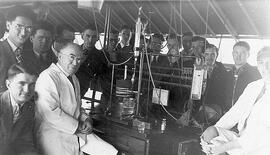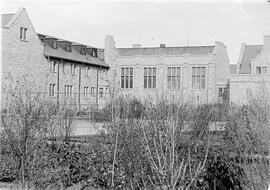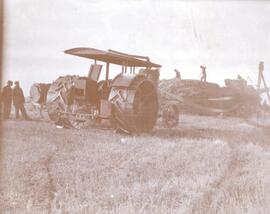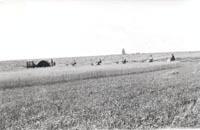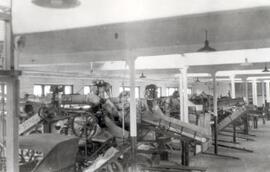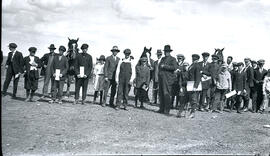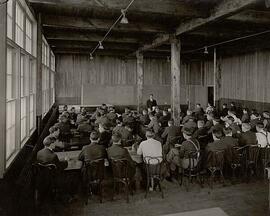Dr. Alexander R. Greig - Portrait
- A-2818
- Item
- [191-?]
Oval-shaped head and shoulders image of Dr. A.R. Greig, professor of Mechanical Engineering, 1909-1937, and superintendent of Buildings, 1909-1939.
Bio/Historical Note: Dr. Alexander Rodger Greig was one of the first professors appointed at the University of Saskatchewan and also served as superintendent of Buildings. Born in 1872, raised and educated in Montreal, Dr. Greig graduated with a degree in Mechanical Engineering from McGill University in 1895. After graduation he became successively chief draughtsman of the Mechanical Departments of the Canada Atlantic Railway and the Canadian Northern Railway. In 1906 Dr. Greig entered upon his career as an academic with his appointment as professor of Agricultural Engineering at the Manitoba Agricultural College in Winnipeg. In 1909 he accepted two appointments at the University of Saskatchewan: professor of Mechanical Engineering, held until 1937, and superintendent of Buildings, held until 1939. From 1939-1943 he was acting professor of Mechanical Engineering at the University of Alberta. Dr. Greig died in Saskatoon in 1947.

